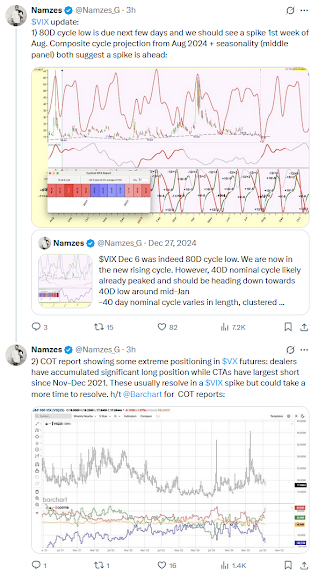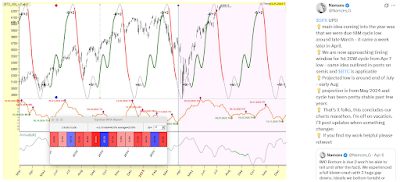As
of December 22, 2025, Silver traded around $69 per ounce, marking a
substantial surge from approximately $30 at the start of 2025—validating
earlier predictions of a breakout beginning in September 2025. Silver is forecasted to experience significant upward momentum throughout 2026, entering a "new reality" of higher valuations. Despite intermittent corrections, I anticipate Silver ending the year 2026 substantially higher, supported by ongoing industrial demand and safe-haven flows.
» To analyze Silver astrologically, we use a chart dated June 15, 1931, at 9:30 a.m. in Manhattan, New York. This marks the first trade of Silver futures contracts in the United States on the National Metal Exchange, a precursor to the modern COMEX. Although Silver has been traded for centuries, this date represents the formalization of modern Silver futures trading. «
This
prediction combines tropical Western astrology with Vedic sidereal
techniques, using a foundational chart for Silver futures dated June 15,
1931, at 9:30 a.m. in Manhattan, New York. Key signatures include Jupiter's interactions with natal Pluto and Jupiter (wealth expansion), Uranus influencing natal Venus (technological and revolutionary boosts), and lunar/Cancer emphases (silver's traditional rulership by the Moon).Monthly Key Transits and Expectations for 2026:
2026 is viewed as a transformative year for Silver, with commodities outperforming amid anticipated global challenges (e.g., political instability, financial strains).
■ January: Upward momentum; Jupiter stations direct over natal Pluto (wealth expansion); Sun trines natal Venus.
■ February: Rise continues; Venus in eighth house aids investments; Mercury retrograde may expose manipulations.
■ March: Bullish with FOMO. Venus conjuncts North Node and Uranus, echoing prior surges.
■ April: Mainstream visibility increases. Venus transits the tenth house; potent conjunctions over natal Venus.
■ May: Multi-year potential boost. Venus over natal Moon; Uranus compresses natal Venus; Jupiter hits natal Pluto again.
■ June: Correction; Uranus squares natal Mars/Neptune (volatility, confusion); potential macro signals.
■ July: Rise amid banking stress; Sun over natal Pluto/Jupiter; possible Eastern market shift.
■ August: Slight gain despite health scare risks. Jupiter conjunct ascendant.
■ September: High volatility, possibly downward. Chiron and Ketu influences suggest overexpansion concerns.
■ October: Volatility in mining sector. Debilitated Sun and Saturn dampen speculation.
■ November: Renewed boom. Ketu with Jupiter; potential emergency monetary policies propel prices.
■ December: Volatile but overall higher close. Uranus stresses continue, yet speculative energy persists.
■ February: Rise continues; Venus in eighth house aids investments; Mercury retrograde may expose manipulations.
■ March: Bullish with FOMO. Venus conjuncts North Node and Uranus, echoing prior surges.
■ April: Mainstream visibility increases. Venus transits the tenth house; potent conjunctions over natal Venus.
■ May: Multi-year potential boost. Venus over natal Moon; Uranus compresses natal Venus; Jupiter hits natal Pluto again.
■ June: Correction; Uranus squares natal Mars/Neptune (volatility, confusion); potential macro signals.
■ July: Rise amid banking stress; Sun over natal Pluto/Jupiter; possible Eastern market shift.
■ August: Slight gain despite health scare risks. Jupiter conjunct ascendant.
■ September: High volatility, possibly downward. Chiron and Ketu influences suggest overexpansion concerns.
■ October: Volatility in mining sector. Debilitated Sun and Saturn dampen speculation.
■ November: Renewed boom. Ketu with Jupiter; potential emergency monetary policies propel prices.
■ December: Volatile but overall higher close. Uranus stresses continue, yet speculative energy persists.
2026 is viewed as a transformative year for Silver, with commodities outperforming amid anticipated global challenges (e.g., political instability, financial strains).
Reference:
» The case can be made based on the quarterly ADX (ADX is the only indicator I follow) that Silver is far from overbought. I think a case can be made for $147.
Big question is where from we might get big/long correction. «
Peter Brandt, December 26, 2025.



















































